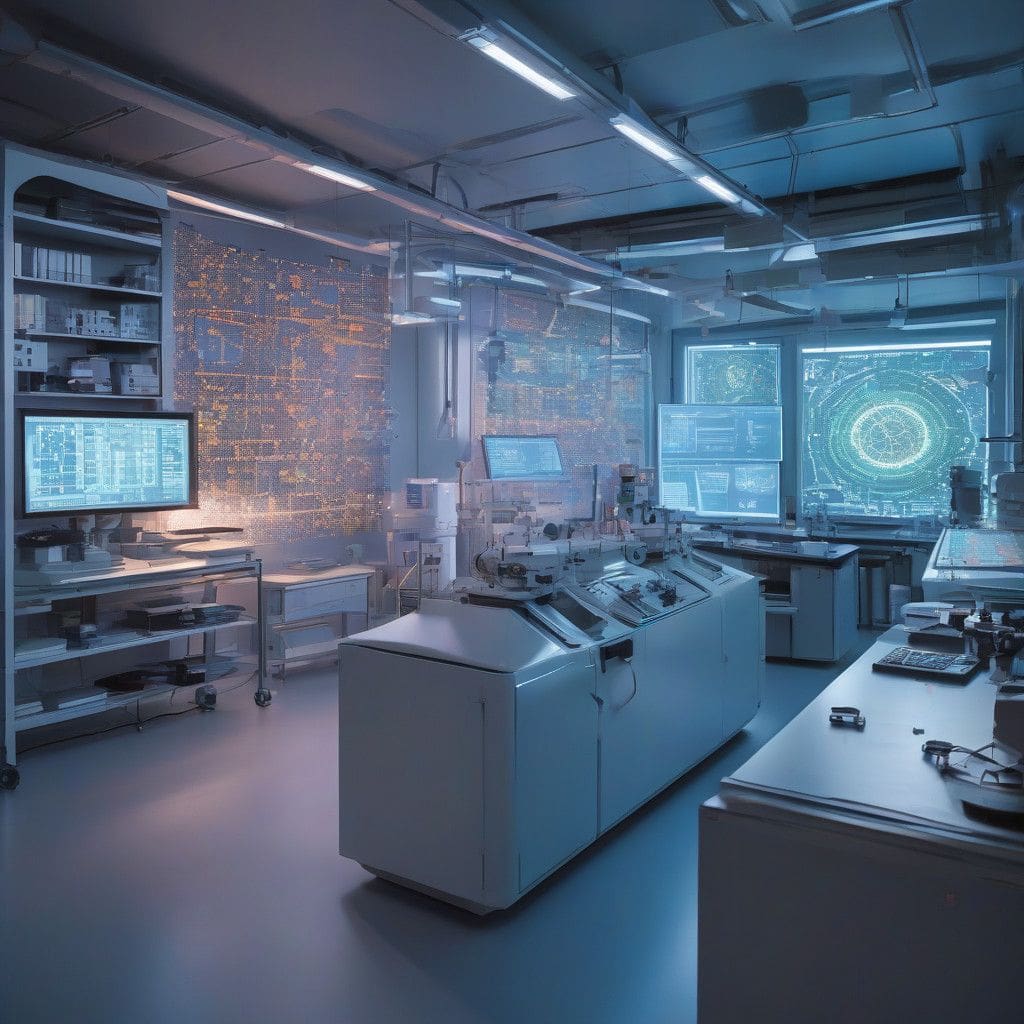Nuclear physics stands at the intersection of fundamental science and technological advancement. The quest to understand the building blocks of matter—specifically nucleons, which consist of protons and neutrons—has taken significant strides in recent years. These subatomic particles are crucial to our understanding of the universe, comprising over 99% of all visible matter. The latest innovations in nuclear physics promise to bring a new level of precision to our explorations of quantum chromodynamics (QCD), the theory describing the strong interactions between quarks and gluons. A key player in this effort is the proposed Solenoidal Large Intensity Device (SoLID) at Jefferson Lab.
SoLID represents a transformative leap in nuclear physics research, aimed at enhancing our capacities to measure, analyze, and interpret the complex internal structures and dynamics of nucleons. It integrates state-of-the-art technology with high-intensity electron beams from the Continuous Electron Beam Accelerator Facility (CEBAF), creating an unparalleled research environment for exploring fundamental physics.
The science goals outlined by the Nuclear Science Advisory Committee in the 2023 Long Range Plan for Nuclear Science spotlight the importance of SoLID. The project seeks to achieve three core objectives: first, to image the quarks within nucleons in three-dimensional momentum space; second, to investigate the near-threshold production of charm-anticharm meson systems from nucleons; and third, to leverage parity violation in electron scattering to search for physics beyond the standard model of particle physics.
Historically, lepton scattering has proven invaluable for probing the structure of nucleons. The groundbreaking experiments by Hofstadter, Friedman, Kendall, and Taylor laid the groundwork for our current understanding of the quark structure within protons. They established parton distribution functions (PDFs) that outline the likelihood of detecting a quark carrying a specific fraction of the nucleon’s momentum. Recent polarized inclusive deep inelastic scattering (DIS) experiments have revealed how quarks and gluons contribute to the proton’s spin, a discovery that highlights the intricate dynamics within nucleons.
SoLID’s semi-inclusive DIS (SIDIS) program is essential to these advancements. By observing both a scattered lepton and a leading hadron, SoLID allows researchers to access transverse momentum dependent (TMD) PDFs, offering a three-dimensional view of nucleon structure. This capability will enable unique insights into quark flavour separation, revealing how various quark types interact within a proton’s confines.
Among the TMDs that SoLID aims to investigate, the transversity TMD is noteworthy for its implications in revealing relativistic effects inside nucleons. Its integral is linked to the tensor charge, an intrinsic property equal in significance to charge or mass, impacting our understanding of fundamental particles and their interactions with the universe. The Sivers TMD, which investigates the correlation between a nucleon’s transverse spin and quark orbital motion, further exemplifies the novel research directions that SoLID will illuminate.
Moreover, while the electromagnetic properties of the proton have been extensively studied since Hofstadter’s initial experiments, the role of gluons remains challenging to quantify. These particles are pivotal in creating protons’ mass but are not directly accessible via traditional electromagnetic probes. Instead, SoLID’s focus on extracting gravitational form factors like A and D will provide insights into the energy density and pressure gradients inside protons, enhancing our understanding of their fundamental structure.
A major aspect of SoLID’s capabilities lies in its potential for parity violation in DIS (PVDIS). This technique has emerged as a powerful tool for testing the standard model of particle physics, probing for potential deviations that could hint at new physics. Recent advancements in measurement techniques call for sub-percent precision, and SoLID’s high statistical precision is ideal for meeting this challenge.
The technological sophistication of SoLID will also ensure it addresses new research frontiers beyond the immediate goals. Its design incorporates advanced technologies, from gas electron multipliers for tracking precision to cutting-edge data acquisition systems that leverage artificial intelligence and machine learning. Such features will be essential in managing the high luminosity conditions required for its experiments.
Furthermore, with a collaborative team of over 270 researchers from more than 70 institutions worldwide, SoLID embodies a global effort in nuclear science. This collaboration is reinforced by strong advocacy within the nuclear physics community, reflected in its strategic prominence in both the 2015 and 2023 Long Range Plans for Nuclear Science.
In conclusion, the SoLID project at Jefferson Lab is set to redefine the landscape of nuclear physics research, ushering in a new era of exploration with its ability to achieve unprecedented precision in measuring the structure of nucleons. As researchers aim to answer fundamental questions about the nature of matter and the forces that bind it, SoLID stands poised to unlock new discoveries that will not only enrich scientific knowledge but also hold profound implications for our understanding of the universe.
SoLID is more than just a technological leap; it is a beacon of innovation that promises to illuminate the uncharted territories of nuclear physics. By harnessing advanced scientific instrumentation and collaborative efforts, this project will challenge the boundaries of what we know today, ultimately paving the way for the discoveries of tomorrow.












